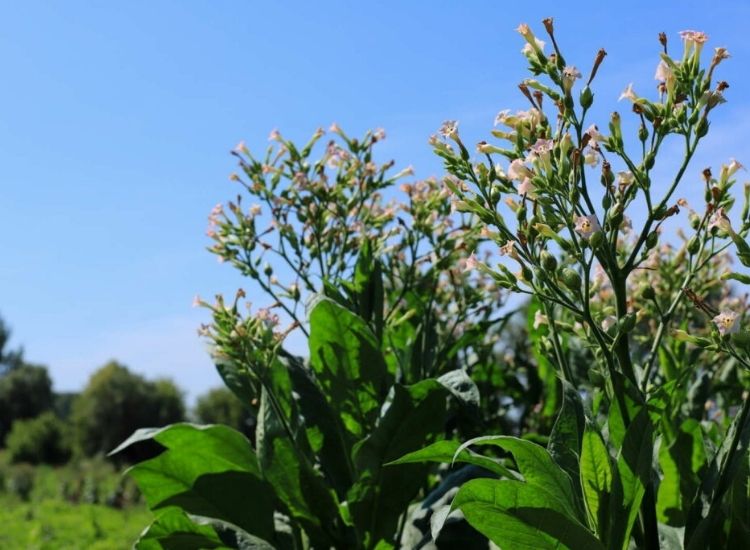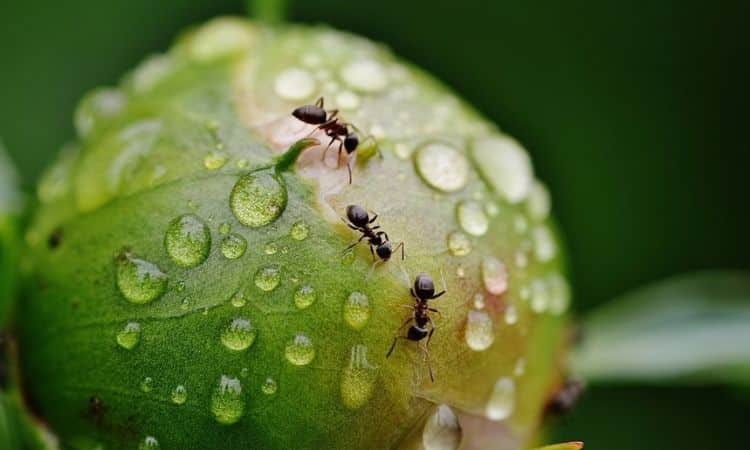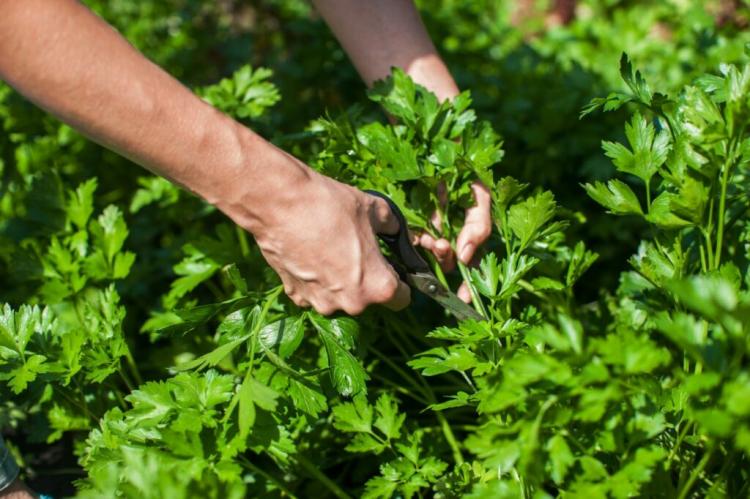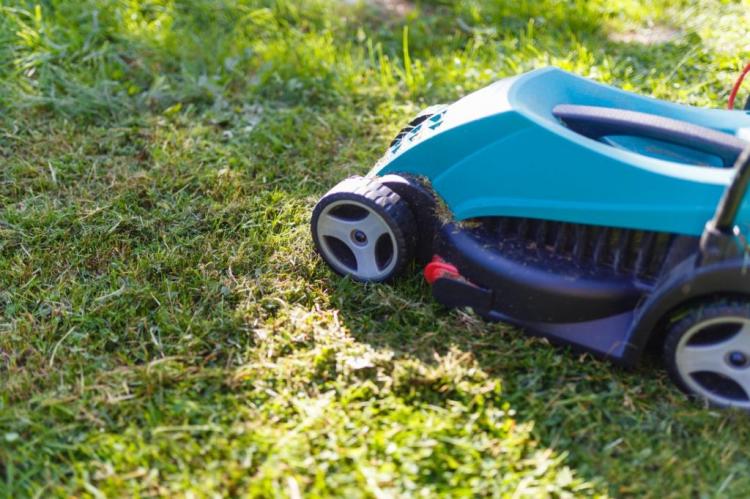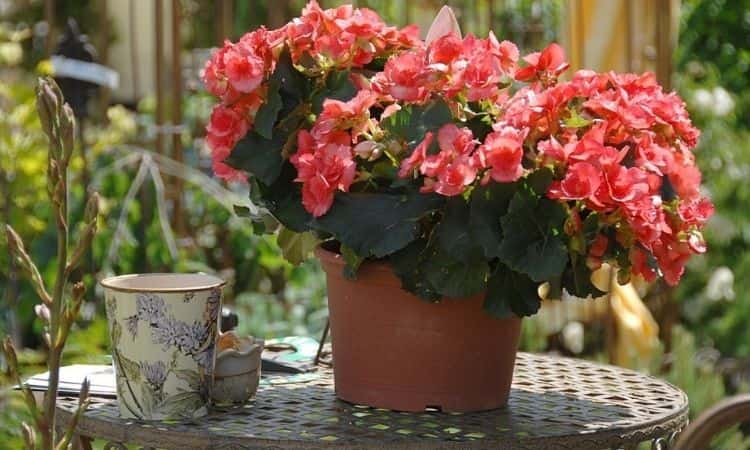Everything About Care And Growing Tobacco Plant
Many only know the exotic from cigarettes. Hardly anyone knows that you can also grow tobacco in your garden. We’ll tell you how to do it. Tobacco plants ( Nicotiana ) are native to subtropical and tropical areas of our planet, but the herbaceous plant can also be grown in our temperate latitudes.
However, this requires a certain amount of prior knowledge and a certain amount of time, after all, the tobacco needs to be cherished and cared for so that you can later obtain a rich tobacco harvest. The sensitive plants must be protected from wind and weather and supplied with sufficient water and warmth, and you should pay attention to the right nutrient composition when fertilizing.
Tobacco plant: origin & origin
Table of Contents
Tobacco calls its home the subtropical and tropical areas on the American continent and Australia – most of the species come from South America. In the New World, tobacco was grown and used by indigenous tribes long before it was “discovered” by Europeans. It was through this that the “white man” came into contact with the smokable herb for the first time.

Even Columbus was given tobacco leaves by the locals after his arduous journey into the unknown. From then on, tobacco quickly found its way into Western society. At the end of the 16th / beginning of the 17th century, attempts were made to control the increasing consumption of tobacco with an immense increase in tariffs and thus effectively enforce a ban. However, this failed due to the increase in illegal tobacco smuggling and the losses that the British royal family had to record. The high customs duties were eventually lowered again. For the same reasons, the ban that was initially in place in most other countries was quickly replaced by tax measures.
Species and varieties of tobacco plants
Tobacco ( Nicotiana ) is a genus from the nightshade family ( Solanaceae ). This also includes other crops such as the potato ( Solanum tuberosum ) or the tomato ( Solanum Lycopersicum ). The annual or perennial herbaceous plants of the genus Nicotiana are divided into over 60 different species.
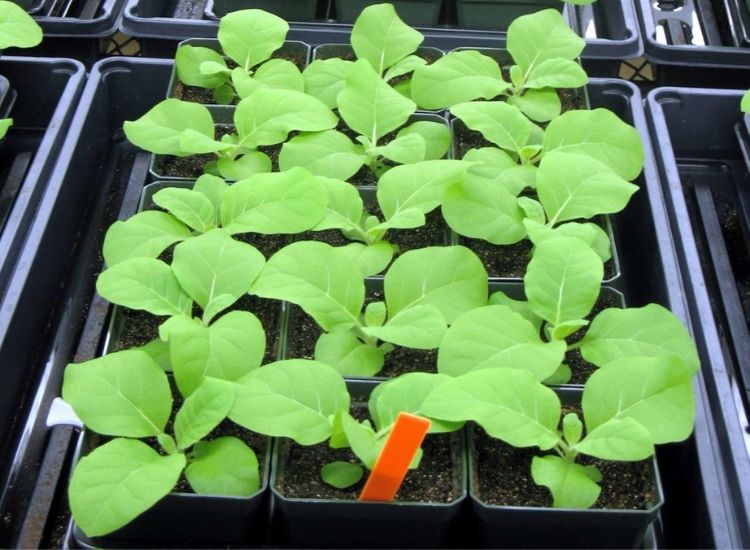
Mainly two of these are grown for the production of tobacco. Still, other species or hybrids are cultivated as ornamental plants in the garden because of their bright, sometimes intensely fragrant flowers.
Tobacco Plant Varieties: Smoking tobacco
Smoking tobacco varieties are cultivated worldwide because of the nicotine content of the leaves. The most commonly cultivated type of smoking tobacco is Virginian tobacco ( Nicotiana tabacum ), whereby varieties of this type are in turn divided into Virginia tobacco, burley tobacco, and oriental tobacco, depending on the properties of the processed tobacco. Another important species is farmer’s tobacco ( Nicotiana rustica ).
However, this has such a high nicotine content that it cannot be sold in the USA. Anyone who, as a hardened smoker, needs a little kick should therefore consider simply growing the tobacco themselves. For this unique smoking experience, the rather complex cultivation in your own garden is worthwhile.
Tobacco Plant Varieties: Ornamental Tobacco
Nicotiana x sanderae is usually offered as an ornamental plant. Most of the varieties of this decorative tobacco are descendants of crosses between the wild species Nicotiana alata and Nicotiana forgetiana. This resulted in varieties with flowers in the most varied and dazzling colors, which not only open in the evening but sometimes even throughout the day.
There are always-scented and night-scented varieties as well as those without scent. With their quite small final size of 30 to 150 cm, they are ideal for potting, the balcony box, or – depending on the size – as a foreground or background planting in the bed. Wild species such as scented / forest tobacco ( Nicotiana sylvestris ) or tree tobacco ( Nicotiana glauca ) are real eye-catchers in the home garden.
Growing tobacco plants: location and requirements
Growing tobacco is a bit of a challenge for any hobby botanist. The plant is native to the sunny, warm areas of America and Australia. The choice of location in your garden should be accordingly. If you do not respect the needs of the more demanding plants, the rich tobacco harvest will unfortunately not work either. Therefore, the following must be observed when growing tobacco:
- Location: Sun to partial shade, warm and protected
- Soil: loose and humic with a pH between 5.6 and 6.8
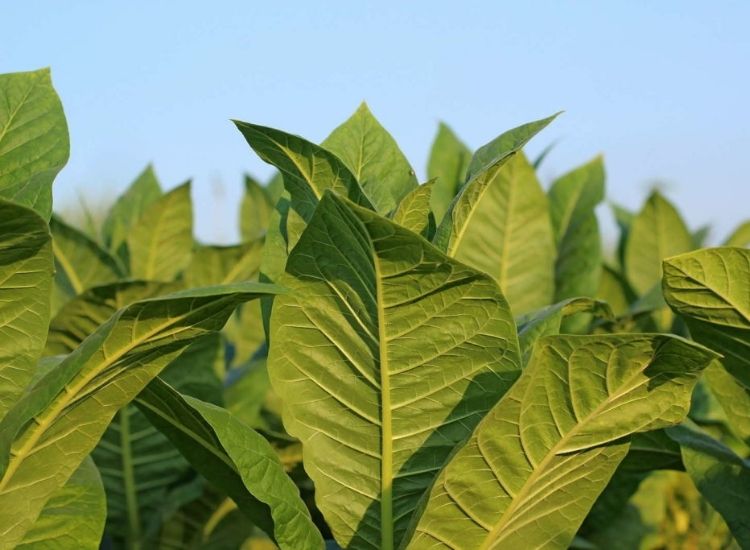
A location protected from wind and weather is particularly important, as the tobacco leaves tear quickly. This will cost you dearly for further processing.
Propagate the tobacco plant
Tobacco can be propagated very well by sowing. You can buy the seeds in stores or harvest them yourself. When you harvest your own tobacco plants, not all of the flowers are decapitated – you should leave a few. After flowering, capsules about two centimeters in size form, which contain the seeds. These capsules are dried, the seeds are separated, dried, and stored in a dry and dark place until the next spring is sown.
The seeds can then be sown from March. Since tobacco is very sensitive to frost and needs a very high level of humidity, the plants are usually sown in the house in a growing container with a cover and raised. It is best to use a special growing medium organic herb and seed compost. From a size of around eight centimeters and when there is no longer any risk of frost, the small plants can finally be planted out.
Maintain tobacco plant
Tobacco is one of the root crops. With these crops, the soil is loosened up at regular intervals with a hoe or a similar tool. This removes the weeds and prevents compaction of the soil. Plants that have to be separated as young plants after sowing are also called this. Both chopping and pricking the young plants apply to tobacco.
A hoe should therefore be picked up after a week of growth so that the roots are adequately ventilated. You should repeat this every two weeks until the young plants have grown to about 30 centimeters high. Watering cans and fertilizers are also often used because the maintenance effort involved in growing tobacco is anything but low. However, you will be spared the pruning of the mostly annual plants.
You might so like: Grow Oregano Indoors: How To Gare Of The Mediterranean Herb In Your Garden
Water the tobacco plant
However, tobacco is far from satisfied with the regular chopping of the soil. Sufficient water must also be provided – especially during the warm summer months – because the plants are sensitive to drought. Even a superficial drying out of the substrate puts considerable stress on the tobacco. You should pay particular attention to a good water supply when growing in pots because young tobacco plants tend to wither quickly.
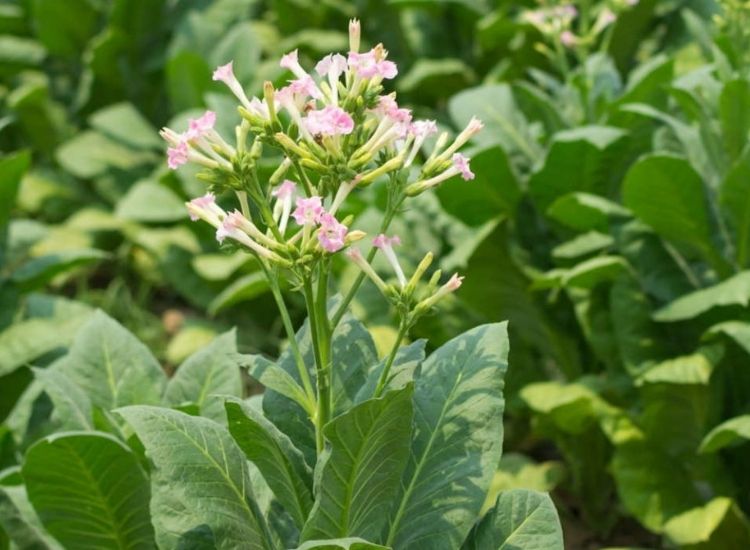
Fortunately, they recover from these just as quickly. So that it doesn’t wilt in the first place, the soil should always be kept moist. In warm, dry weather it can be necessary to water twice a day. Nevertheless, the floor should not be soaked. Otherwise, the roots will not get enough oxygen. In addition, your tobacco prefers calcareous water. Therefore, hard tap water is ideal for supplying plants.
How much water your tobacco needs is not only dependent on the weather and the water storage capacity of the soil. Large-leaved varieties such as ‘Pergeu’ consume more water and those with small leaves such as oriental tobacco, as these have a smaller leaf surface through which the valuable moisture can evaporate. In addition, the sunnier the location, the higher the water consumption. Also, note that tobacco should never be poured from above. After all, moist leaves are the ideal breeding ground for diseases.
Fertilize the tobacco plant
Tobacco grows rapidly to a height of two meters within one gardening season. Anyone who builds up so much biomass needs a correspondingly large number of nutrients. Tobacco has a particularly high demand for lime and potash. Potash is abundant in wood ash. You should therefore work charcoal into the soil about two months before planting or use a complete fertilizer with an emphasis on potash. On the other hand, you should avoid chlorine, at least when it comes to smoking tobacco, as it is stored in the leaves.
The ideal choice is therefore a chlorine-free potassium fertilizer. There are of course also special fertilizers for tobacco. The mineral and nutrient content of this one is perfectly adapted to the needs of your tobacco and is used according to the manufacturer’s instructions. Fertilization with weakly concentrated nettle manure is also possible. Alternatively, you can also use organic universal fertilizer for your tobacco plants.
From planting in May to the end of the flowering period in October, you should water the irrigation water with an appropriate fertilizer every four to eight weeks. In the case of granules, the fertilizer is worked in on the surface and then washed in with plenty of water. With tobacco, in particular, the use of an organic fertilizer that gently and slowly releases its nutrients to the surrounding soil has many advantages, because mineral fertilizers are not well tolerated by subtropical plants.
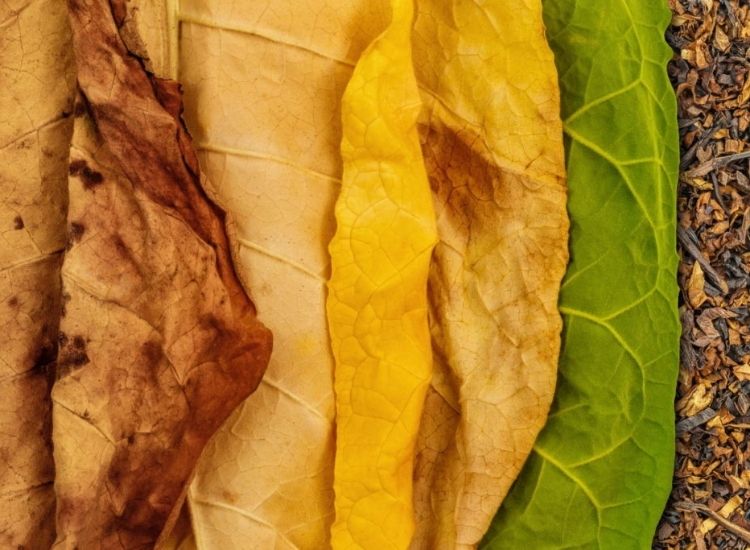
In the pot culture, you should use a long-term fertilizer such as our organic universal fertilizer or fertilizer sticks. If the fertilization is correct, the quality of the harvested tobacco leaves is ultimately correct and you do not have to pay attention to a sensible crop rotation. You can grow tobacco every year in optimally fertilized areas.
Summary: caring for tobacco
- From the time of planting to a size of 30 cm, chop every 2 weeks
- Watering: High water requirement, high sensitivity to drought, always keep the substrate moist
- Fertilize: From planting to the end of flowering every 4 – 8 weeks with chlorine-free potassium fertilizer in the irrigation water
Harvest and store the tobacco plant
Correct harvest and storage are crucial for the quality and taste of the smoked products that you produce yourself. So it pays to be particularly accurate. For this, the leaves are harvested in late summer or autumn. During this period of ripening, they change color from bottom to top from dark to light green.
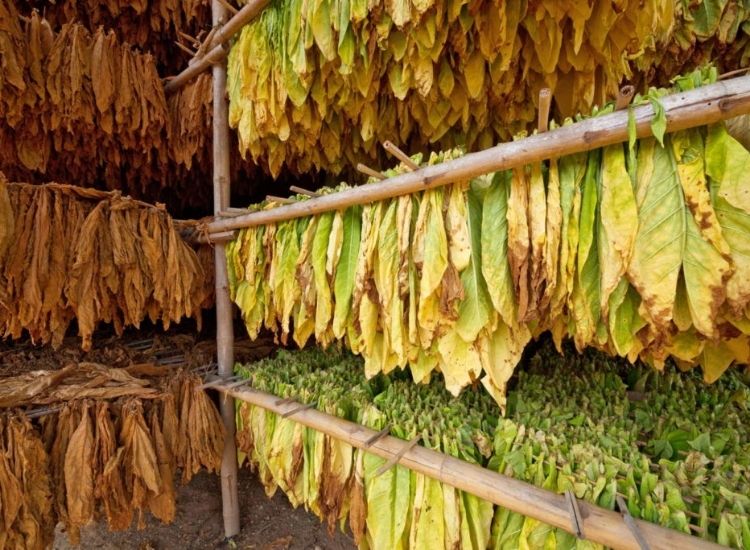
During this time, the nicotine migrates from the roots into the leaves. The leaves then turn yellow, then brown, and finally fall off. It is therefore important to determine the correct harvest time for each leaf individually.
- The small, lowest leaves (“clumps”) are not harvested.
- Remove the “clumps” when they have turned yellow.
- Thick, medium-sized leaves of light green color with yellowish stripes are harvested.
- The leaves are ready for harvest when they can be easily detached from the stem by twisting them.
- Check the plant for mature leaves every 2-3 days.
Depending on the position of the leaf on the stem, the leaves are later suitable for different purposes, because the nicotine content varies. The leaves that ripen above the “grump” have a very low nicotine content and contain many essential oils and resins. These so-called “sand leaves” are ideal as binders for cigars. Then the middle estate ripens from the bottom up, followed by the upper estate and the night tobacco.
You might so read: Growing Sunflowers In Pots: Tips For A Long Bloom
These contain more nicotine, fragrances, and flavorings. Harvest in the early morning. This is when the starch content in the leaves is lowest. The harvest period can extend to over six weeks. But with tobacco, the following applies: after the harvest is only before drying. This step then takes several months.
- Let the leaves wither for a few hours to avoid damage to the leaves during further processing
- Leaves are threaded onto a strong thread with a needle
- Pierce through the midrib or the stem of the leaf – this is where the leaf is most stable
- Hang the yarn with the leaves in a dark, airy place, e.g. between two bars in a darkened shed
- Drying time: 2 – 3 months
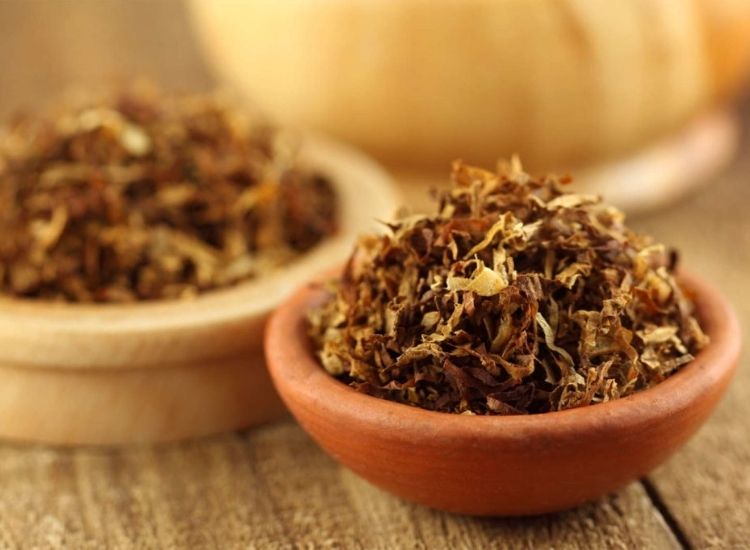
A distance of about ten centimeters is maintained between the leaves. The leaves should also not touch each other. This ensures optimal air circulation and minimizes the risk of mold. You should also check the tobacco regularly while it is drying. Nevertheless, the humidity should be around 75%. If the air is still too dry, a damp cloth can simply be hung over the tobacco.
The slower and longer the tobacco dries, the higher the quality it will be. However, even here there is a fast route to the goal. You can dry your tobacco in a period of less than a week in a hot drying shed. This is mainly done in the large-scale production of Virginia tobacco. After drying, the leaves have turned brown. The dried tobacco leaves can then be stored in bunches hanging and airy. The humidity should be so high that the leaves don’t start to crumble. Too low a humidity leads to a loss of aroma, while too high a humidity leads to mold. It is therefore important to find the golden mean.
Ferment tobacco
Although you can already process your dried tobacco leaves into smoking products, smoking these leaves will unfortunately not be a pleasure. In order not to have the smell of burned hair in the nose when smoking, the leaves still have to be fermented. During this fermentation process, the leaves continue to ripen and the proteins they contain are broken down. This process usually starts by itself when you pile the tobacco in large piles. The first sign of a successful start to fermentation is a slight rise in temperature in the stack of leaves. This sets in after just a few days and quickly increases to around 40 ° C. Check the temperature in the pile every day. Depending on the intended use, the stack is turned over three to six times. The inner leaves are shifted outwards and the outer leaves inwards.
The fermentation process can take months again. This is followed by a cooling phase in which the tobacco gives off moisture. After this post-ripening, the tobacco leaves should have a moisture content of around 18%. Well-fermented tobacco is dry, elastic, and slowly glows when lit.
Alternatively, you can sort the dried tobacco leaves. The leaves are sprayed with a brew of water and sugar or dipped into it. Flavorings such as eucalyptus or vanilla can also be added at this step. The leaves then move to an open vessel for a few days and are then dried a second time.
Winter tobacco plant
Unfortunately, the herb from the subtropics does not compete with the frosty temperatures in our latitudes. Growth stops at temperatures below 15 ° C. From the zero points onwards, the leaves are affected. Cold death occurs very quickly at -3 ° C. With us, the plants sometimes get problems as early as autumn. In the case of annual tobacco plants, the sensitivity of the tobacco to frost is not a problem.
The plants are simply pulled out of the ground in autumn. Perennial tobacco plants should be overwintered in a frost-free place. The plants are cut back close to the ground in autumn and brought through the cold season in pots or as a dug-up rhizome. However, it is better not to overwinter your tobacco indoors at room temperature, as it is very susceptible to spider mites here. The plants come outside again from mid-May.
Tobacco Plant: Pests and Diseases
If you find signs of wilting on older tobacco plants, they may not have been caused by insufficient watering, but by pests. Infestations with white grubs ( Melolontha melolontha ), wireworms ( Agriotes spp .), Snails ( Deroceras sp .), Stem elbows ( Ditylenchus dipsaci ), or locusts ( Locusta migratoria ) can occur. There are also a few pests and diseases that specialize in tobacco. Nevertheless, tobacco is not particularly susceptible to disease.
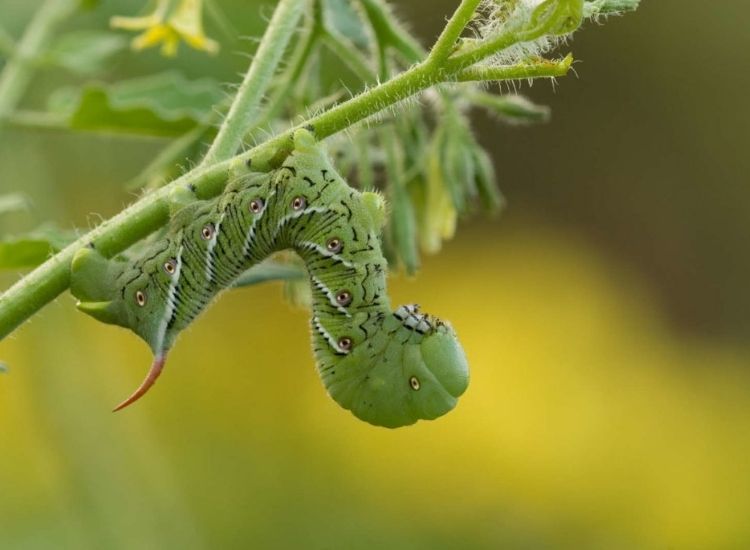
Tobacco hawk caterpillar
The tobacco hawk lays its eggs on the leaves of the tobacco plants. The larvae that hatch from the eggs then feed on the leaves. They can store the contained nicotine in the body and become inedible for predators. But not only the larvae show the great ingenuity of nature with this strategy. In the event of an infestation by the tobacco hawk, the plants have developed their very own defense strategy: When infested by the caterpillars, the tobacco releases a mixture of scents that attract parasitic wasps, which in turn lay their eggs in the caterpillars.
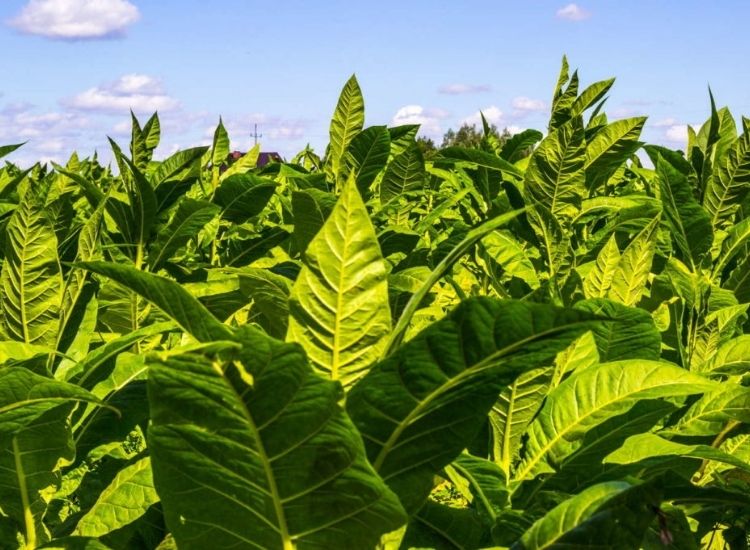
Tobacco beetle
The tobacco beetle is a rodent beetle and terrifies tobacco producers around the world. The brownish beetles are just a few millimeters in size and lay their eggs on the leaves of the plants. If tobacco products are infested with the beetle, they must be disposed of due to the contamination with feces.
- Symptoms: damage caused by eating by adult animals and especially by larvae or storage pests
- Measures: Check for infestation during storage and clean the storage area thoroughly; the beetle is very sensitive to cold; therefore store the tobacco in a cool place
Tobacco Mosaic Virus
This phytopathogenic virus is transmitted all over the world by aphids or mechanically and affects not only tobacco but also tomatoes and peppers.
- Symptoms: Deformed, inelastic leaves, growth retardation, the light green mosaic pattern on the leaves
- Measure: Sort out infected plants to prevent the virus from spreading
Tobacco blue mold ( Peronospora tabacina )
Especially due to the high water consumption and the constantly moist soil, mushrooms have an easy time with tobacco. In addition to tobacco blue mold, infections with root tan ( Thielaviopsis basicola ) and Sclerotinia disease ( Sclerotinia sclerotiorum ) can occur.
- Symptoms: gray-blue coating on the underside of the leaves, holes in the leaves
- Countermeasures: Fungicide treatment, do not grow tobacco in the area for at least 3 years after infestation
Use and use tobacco plant
The roots of the tobacco plant produce nicotine and other alkaloids, which are deposited in the leaves. Actually, the substances serve to deter predators. Over time, however, humans have discovered certain advantages of the nightshade family, which is why tobacco has been cultivated for over 400 years.
India and China grow more than half of the world’s tobacco. Small amounts of tobacco are also grown in the USA. Here the cultivation areas are mainly limited to milder areas in the south of the country. The harvested tobacco is not only used as smoke but was also used as a medicinal and spiritual ceremonial plant and as an insecticide in the past. In addition, tobacco has a firm place in research as a model plant and biotechnology as a plant-based production system, for example for antibodies.
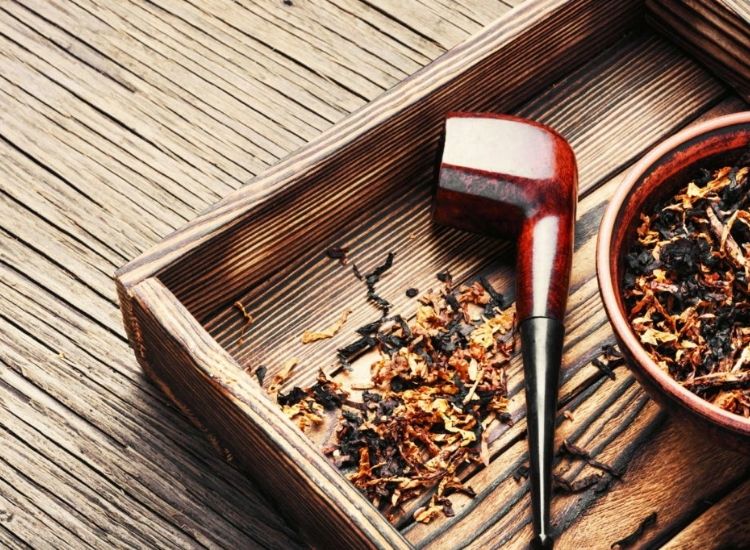
Tobacco as a medicinal plant
When you think of tobacco, you don’t necessarily first think of a plant with healing properties. But around the middle of the 17th century, tobacco was only available as medicine in pharmacies, among other places in the USA. Medical effects against the following ailments have been and are attributed to him:
- Respiratory diseases
- Bladder problems
- fever
- Skin disorders
- nervousness
- Earache
- Snakebites
- Cuts and burns
Tobacco as a luxury food
As a luxury food, tobacco is still known to almost everyone today. It is used for the production of cigar tobacco, pipe tobacco, cigar wrapper, chewing, and snuff.
It is also used as a fragrance in cosmetics. What we use every day as a luxury item was only smoked, chewed, sniffed, eaten, or used superficially as juice by indigenous peoples in its original form as part of ritual ceremonies.
